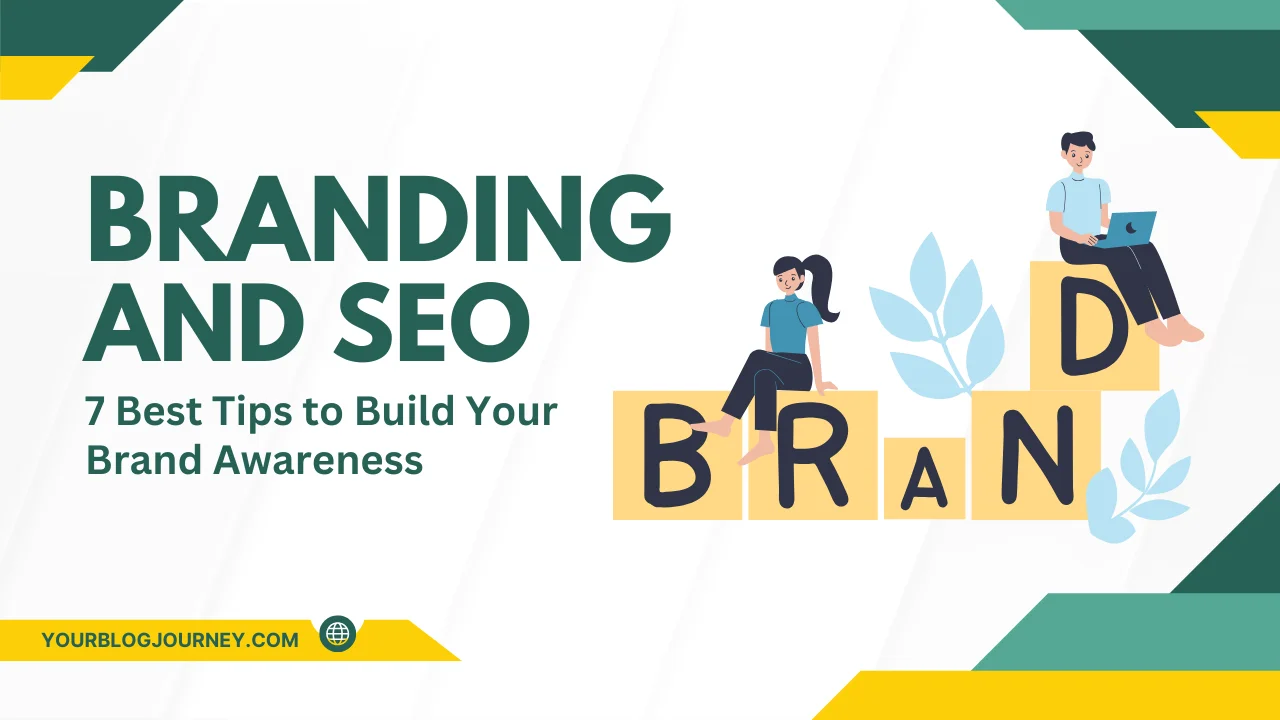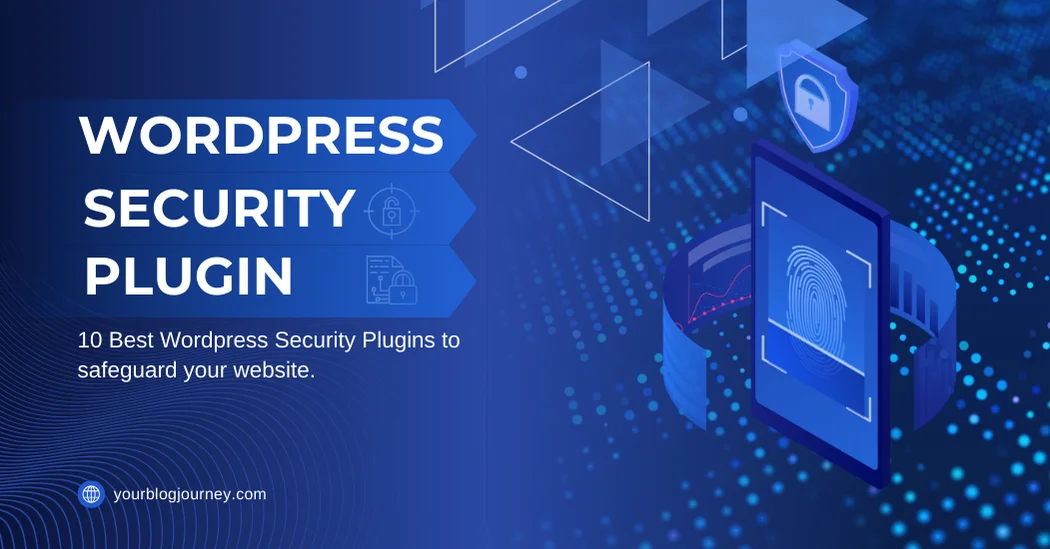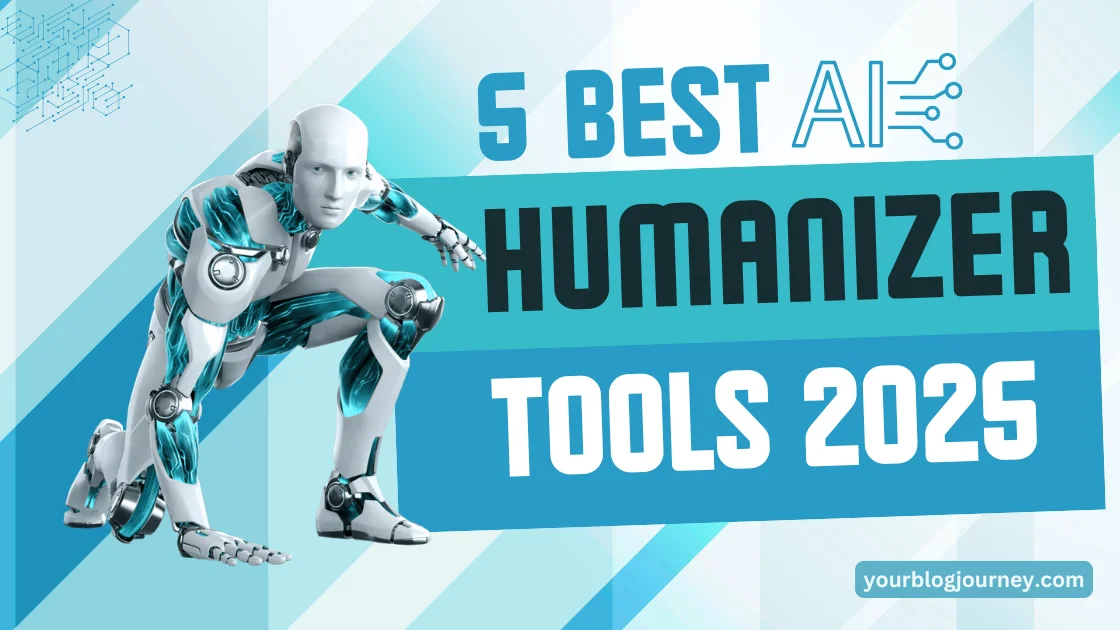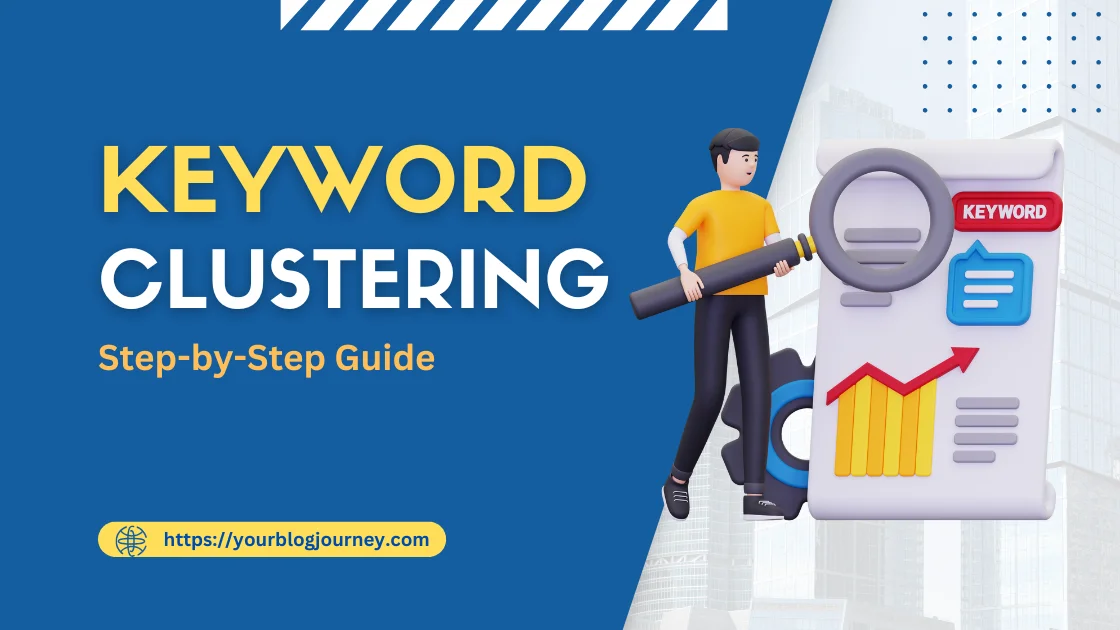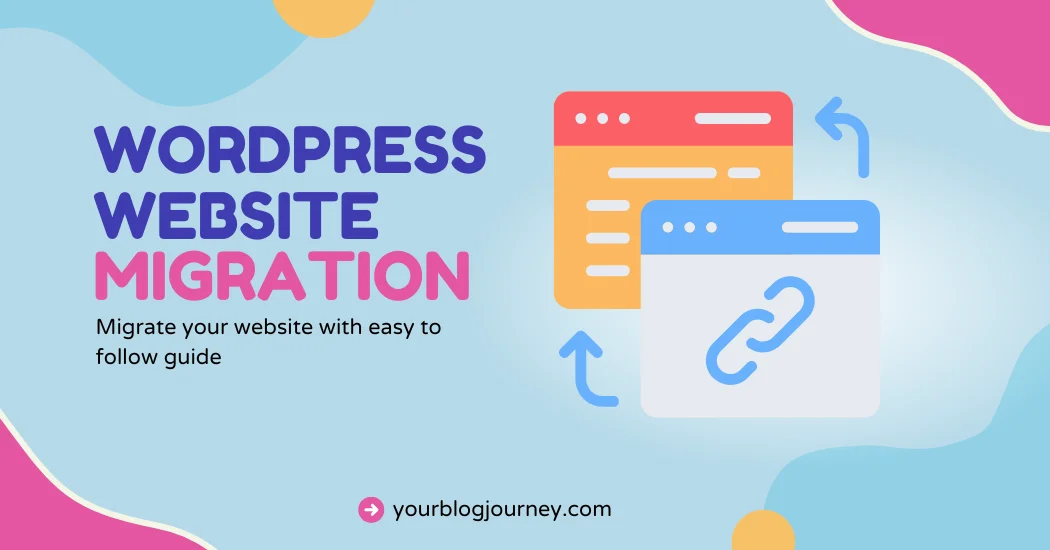Search intent, also known as user intent, is the reason behind each search query on a search engine like Google. Users search with different goals in mind, whether they’re looking for information, intending to purchase something, wanting to go to a particular website, or researching options.
When your content aligns with the user’s intent, it is more likely to perform well in the search engine results, as search intent can help in ranking. This article is your complete guide to understanding search intent optimization.
Search Intent Important Points
Recognizing and implementing search intent is essential for anyone aiming to improve search engine optimization (SEO) and attract relevant traffic. Here are several important points of search intent that highlight why understanding it is essential for effective optimization:
- User Experience: Meeting the intent behind a search query by delivering relevant content enhances the user experience.
- Engagement Boost: Content that satisfies search intent is more likely to keep users engaged, reducing bounce rates and increasing time on site.
- Relevance in SERPs: Optimizing for search intent helps your content become relevant on the search engine results page (SERP), where Google matches it to the user’s specific search intent.
When you understand and address the goal behind a search query, your content gains visibility, improving the potential for better traffic and higher conversions.
Four Types of Search Intent
Search engines, such as Google, categorize search results into four primary types based on user’s search intent: informational, transactional, navigational, and commercial. Each of these search intent categories represents a unique user goal, and knowing the intent types of search results allows you to structure content effectively.
Informational Search Intent
Informational search intent represents users searching for knowledge or solutions to specific questions. These types of queries are often initiated with words like “how to,” “what is,” “why does,” or “where is,” indicating a goal to learn or explore a topic.
Examples of Informational Search Intent:

- “How to make pizza dough” – The user is seeking information on a cooking recipe.
- “What is cryptocurrency?” – This query indicates an interest in understanding cryptocurrency basics.
- “Why is the sky blue?” – A question-driven query looking for scientific information.
Content that meets informational intent often takes the form of articles, guides, or videos. To satisfy the intent behind informational queries, always aim to create content that is detailed, accurate, and valuable to the readers. For example, the “how-to” guide directly aligns with search intent by addressing users’ informational needs, showcasing how understanding of search intent is crucial.
Transactional Search Intent
Transactional intent queries provide information about those users who are ready to take action, usually by purchasing a product or subscribing to a service. Transactional intent is essential for e-commerce websites, as it indicates a user with a high probability of converting.
Examples of Transactional Search Intent

- “Buy running shoes” – Shows the intent to make a purchase.
- “Subscribe to Netflix” – The user aims to sign up for a service.
- “Download Adobe Photoshop” – A software download-focused query.
To optimize for transactional intent, create clear product pages, use strong calls-to-action, and finetune content with keywords that convey a buying intent, such as “buy,” “subscribe,” or “order.” Searching with transactional intent is common, especially when users know exactly what they want.
Navigational Search Intent
Navigational intent shows that the user already knows which website or brand they want to reach but doesn’t know its exact address. Users with navigational intent search by brand name or product name, often because it’s faster than typing the full URL.
Examples of Navigational Search Intent

- “Facebook login” – Indicates the user wants to navigate directly to Facebook’s login page.
- “YouTube music” – A navigational search leading to a specific YouTube section.
- “Amazon Prime Video” – The user intends to access Amazon’s video streaming service.
For navigational queries, make sure your site ranks for brand-related terms, particularly if your brand is frequently searched. Navigational intent optimization may also involve investing in branded keywords to ensure users land on your official site.
Commercial Search Intent
Commercial intent implies that users are in the research phase before making a purchase. This type often includes comparison searches and reviews, showing users are considering different options before buying.
Examples of Commercial Search Intent

- “Best smartphones under $500” – A user is researching affordable smartphones.
- “Nike vs. Adidas running shoes” – A comparison search, indicating pre-purchase consideration.
- “Top travel cameras for 2023” – Shows intent to explore camera options, indicating a particular search for photography gear.
To optimize for commercial intent, create in-depth comparison articles, reviews, and buying guides that answer common questions and help users make informed choices. Queries with commercial intent are an excellent opportunity for attracting traffic from users researching products or services..
How to Identify User Intent
Identifying user intent allows you to create content that aligns with what the user is seeking. Techniques like analyzing searches, using keyword research tools, and studying user behavior are essential in understanding search intent.
Analyzing Search Queries
Analyzing search results involves looking for specific words and patterns in user intent. Terms like “buy” or “best” can hint at transactional or commercial intent, while “how to” or “why” suggest informational intent. By recognizing these keywords, you can start to tailor content to match the intent of a query more closely.
Analyzing search results also involves understanding the context in which users search, which can significantly influence their intent.
Using Keyword Research Tools
Keyword research tools play a critical role in identifying and optimizing for various types of search intent. Keyword research tools like SEMrush, Ahrefs, and Google Keyword Planner reveal search volume and competition data, which helps in determining keyword intent.
These tools give insight into different types of search intent by showing how often specific search terms are used and in what context.
Understanding User Behavior
Understanding user behaviour is essential for effectively identifying search intent. Observing how users interact with content, such as the types of links they click on, the time spent on pages, and bounce rates can provide insights into what users truly seek.
Furthermore, conducting user surveys and gathering feedback can reveal the search intent behind their motivations for search requests. By analyzing patterns in user behavior, you can refine your strategies to better align with user expectations.
How To Optimize for Search Intent
Once you’ve identified the intent behind each search query, it’s essential to structure your content to meet these needs. Let’s understand how to create and refine your content to align with user intent for better results.
1. Creating Content Based on Search Intent
Creating content for search intent means crafting information, calls-to-action, and visual elements to address the specific search intent of your audience. Informational queries, focus on educational material, while transactional queries need content that encourages action, such as adding items to a cart or signing up.
For affiliate websites, terms related to transactional and commercial intent will drive the targeted traffic to such websites, especially when people search for specific products.
2. Optimizing Content Based on Intent
Optimizing content based on user intent requires a deliberate strategy that prioritizes the needs reflected in search outcomes. When optimizing content based on intent, arrange elements like headers, keywords, and page structure to match user expectations.
Short, actionable headings work well for transactional pages, while in-depth, structured content is ideal for informational articles.
3. Aligning Content with User Expectations
When users search for specific information, they have particular expectations regarding the format, depth, and tone of the content. To make sure your content matches user expectations, structure your pages and use language that suits the intent behind each search. For example, a tutorial should have step-by-step instructions, while a comparison page should highlight key differences.
4. Continuous Testing and Improvement
Optimizing for user intent is ongoing. Continuous testing and improvement involves:
- Regularly analyzing content’s performance, including user engagement metrics and search result rankings.
- A/B testing different versions of content can provide insights into which formats or messages resonate more with users.
- Testing different formats, calls-to-action, and layouts can help improve alignment with search intent and increase engagement.
5. Examples of Intent-Based Optimization
Consider the query “best laptops under $1000” (commercial intent): here, you should create a comparison list that includes features, pros, and cons for each option. For a query like “buy winter jackets” (transactional intent), optimize with product images, prices, and a direct call-to-action. These examples show how content type and structure change based on search intent.
The Role of Keywords in Search Intent Optimization
Keywords play a very important part in search intent optimization because they guide both users and search engines toward the right content type.
- Choosing the Right Keywords: Choose target keywords that align with intent, such as “buy” for transactional and “how to” for informational. Selecting the correct keywords can increase relevance on the search engine results page and improve visibility.
- Incorporating Keywords Effectively: Incorporate keywords naturally within your content. Keywords in titles, headers, and descriptions signal the intent behind the search, helping search engines match your page to specific queries.
- Monitoring Keyword Performance: Using tools like Google Analytics or Search Console to monitor keyword performance lets you track which keywords bring traffic and determine if they align with user intent. Continuous monitoring allows you to adjust keyword intent based on traffic trends.
Concluding Thoughts
Mastering search intent optimization involves understanding the purpose behind each search and crafting content that fulfils that purpose. By writing content according to different intent types, you can improve your chances of ranking your pages highly on search engine results, driving more traffic, and maximizing conversions.
Optimizing content for search intent not only enhances your SEO strategy but also helps to build a more engaged and loyal audience.
If you want to maximize your chances of Adsense approval then check this article on the Best WordPress theme optimized for Adsense approval.
FAQ – Search Intent
Ans: Search intent is the reason or purpose behind a user’s search query, guiding what type of content they’re seeking.
Ans: Aligning content with search intent helps search engines provide relevant results, improving user satisfaction, engagement, and SERP rankings.
Ans: You can identify search intent by analyzing search queries, using keyword research tools, and understanding the intent behind a person’s search behaviour.


